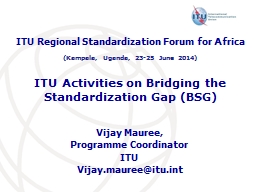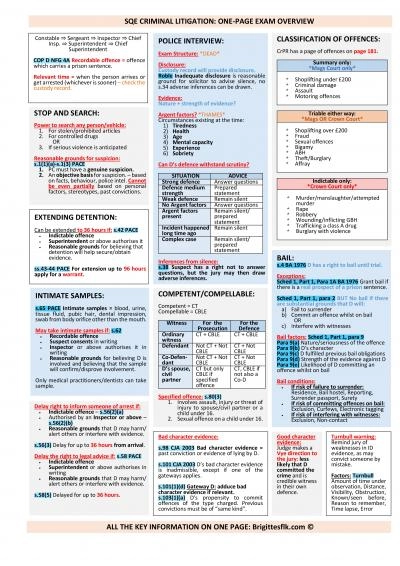PPT-Notes from BSG 2019 London
Author : davies | Published Date : 2024-01-29
Some observations 2 full days 80 posters 23 free papers Clinical Trials Update Sarcoma Service Updates SACT Proton NHS E Unusual cases Epithelioid Clear Cell
Presentation Embed Code
Download Presentation
Download Presentation The PPT/PDF document "Notes from BSG 2019 London" is the property of its rightful owner. Permission is granted to download and print the materials on this website for personal, non-commercial use only, and to display it on your personal computer provided you do not modify the materials and that you retain all copyright notices contained in the materials. By downloading content from our website, you accept the terms of this agreement.
Notes from BSG 2019 London: Transcript
Download Rules Of Document
"Notes from BSG 2019 London"The content belongs to its owner. You may download and print it for personal use, without modification, and keep all copyright notices. By downloading, you agree to these terms.
Related Documents

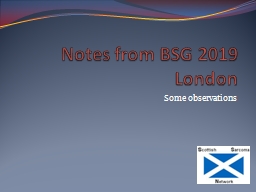
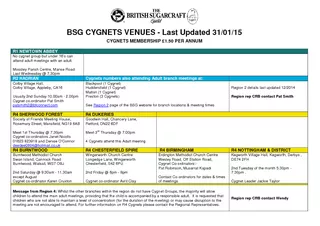
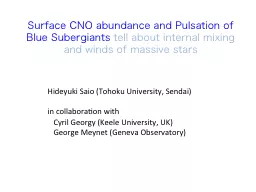

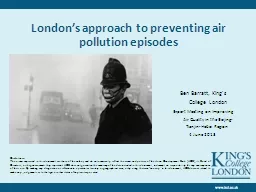


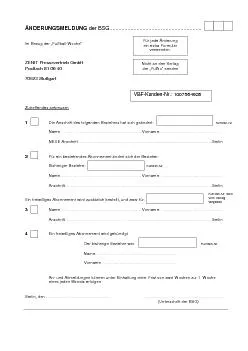
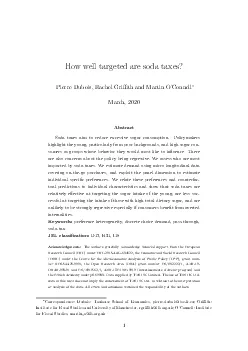

![[EPUB] - Sloth Cornell Notes Notebook: An 8.5 x 11 cornell notes notepad, cornell notes](https://thumbs.docslides.com/907355/epub-sloth-cornell-notes-notebook-an-8-5-x-11-cornell-notes-notepad-cornell-notes-pad-cornell-notes-book-note-taking-notebo.jpg)

